May 20, 2025 | 02:43 GMT +7
May 20, 2025 | 02:43 GMT +7
Hotline: 0913.378.918
May 20, 2025 | 02:43 GMT +7
Hotline: 0913.378.918
The mushroom cultivation industry in Vietnam has been extremely developed in recent years, bringing great benefits in terms of the economy. Households in Binh Phuoc are gradually growing more mushrooms, leading to more secured income, not to mention housewives and farmers can utilize their idle time for mushroom farming and collection.
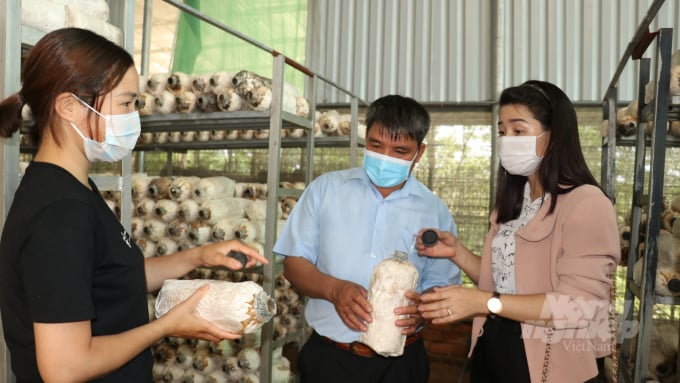
Mushrooms are nutritious foods with high economic value. Many farmers in Binh Phuoc have made a fortune by utilizing sawdust for mushroom growing. Photo: Tran Trung.
Tan Thanh commune (Dong Xoai city) is one of the localities in Binh Phuoc with a long tradition of growing oyster mushroom and wood ear. The locals used to plant mushrooms on a small scale and did it manually in the past. But now mushroom farming has grown strong both in area and quantity. More investments are poured into factories and autoclaves so that people can self-produce and provide for others who also want to grow mushrooms.

The mushroom production facility of Ms. Hanh's family. Photo: Tran Trung.
The mushroom production facility of Ms. Bui Thi Hanh's family in hamlet 6 (Tan Thanh commune) is considered large-scale and modern in the locality, with a factory area of nearly 4,000 m2 and a storage capacity of 140,000 fungal embryos. Ms. Hanh’s mushroom farm supplies 23-25 tons of fresh oyster mushrooms and 20 tons of wood ears to the market every year with prices ranging from VND 90,000 to VND 120,000 per kg, bringing great profits to the family.

Ms. Hanh’s mushroom farm supplies 23-25 tons of fresh oyster mushrooms and 20 tons of wood ears to the market every year. Photo: Tran Trung.
Ms. Hanh shared that the main material for mushroom growing is sawdust, and sawdust from rubber trees is considered the best. Thanks to the province being the capital of rubber trees of the country, it is easy to find raw materials with a very “soft” price. Her family and the local people seem to face no trouble growing mushrooms here.
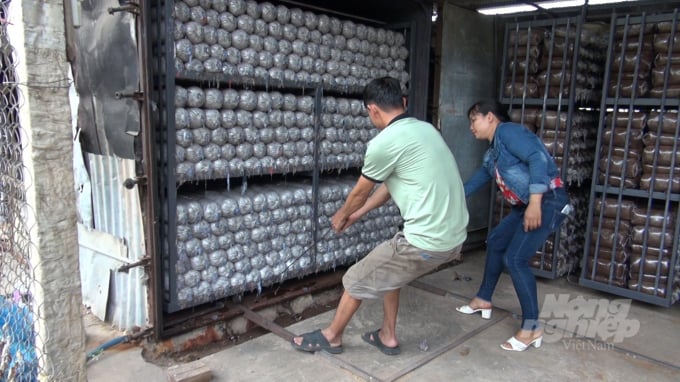
Ms. Hanh boldly invested in modern equipment to produce mushroom embryos. Photo: Tran Trung.
“Growing mushrooms is not difficult, it is important to know how to choose quality spores and embryos. The family’s production encountered many difficulties at first. The mushroom embryos did not meet the standards, so the selection process had to be redone many times over.
"The ruler teaches the teacher, the tree teaches the craftsman", after many times of "doing it over and over again", realizing the shortcomings of manual works, I invested in more automatic bagging, sterilization and packaging lines applied VietGAP-standards production processes. Production has become more and more stable since then. The facility is now on the rise," Ms. Hanh said.
Ms. Hanh not only enriches her life but also regularly shares her experience and provides quality embryos at an affordable price to the local people, including neighboring districts and towns in order to grow mushrooms together.

Ms. Hanh not only enriches her life but also regularly shares her experience and provides quality embryos at an affordable price to the local people. Photo: Tran Trung.
Ms. Truong Thi Mai (Phu Tam village, Phu Trung commune) was one of the first to bring mushrooms from Ms. Hanh's facility to the locality to improve her family’s economy. According to Ms. Mai, before growing mushrooms, the family's monthly income is about VND 10 million through tapping rubber for local businesses. Growing mushrooms has definitely changed her family’s condition.

The lives of people in Phu Rieng district have greatly improved thanks to growing mushrooms. Photo: Tran Trung.
“This is a family-friendly model. I can just go to tap rubber and take advantage of my free time to grow more mushrooms to sell. Although the mushroom cultivation area is not large, only a few hundred square meters, it adds VND 70 million to my family's monthly income after deducting expenses,” said Ms. Mai.
According to Mr. Vu Thanh Long, Chairman of the Farmers Association of Phu Trung Commune, 11 households in the locality have implemented the mushroom farming model and had their family's financial condition stabilized. The People's Committee and Farmers' Association are also proposing mushroom growers in order to develop the local OCOP brand and offering supports in terms of policies so that the locals can further expand mushroom production and business.

The locality is gradually supporting and motivating mushroom growers to expand the model. Photo: Tran Trung.
Mr. Le Ngoc Su, Chairman of the Farmers Association of Tan Thanh commune, added that the commune authorities as well as associations at all levels have been paying close attention and supporting mushroom growers to access preferential capital to help them transform from working manually to applying scientific and technical advances to production.
Translated by Samuel Pham

(VAN) Minister of Agriculture and Environment Do Duc Duy held a meeting with Soopakij Chearavanont, Chairman of C.P. Group, on May 15.
/2025/05/16/3800-0-nongnghiep-143756.jpg)
(VAN) Suntory PepsiCo Vietnam coordinated with the Ministry of Education and Training to implement an education program on water conservation, reaching nearly 1 million primary school students nationwide.
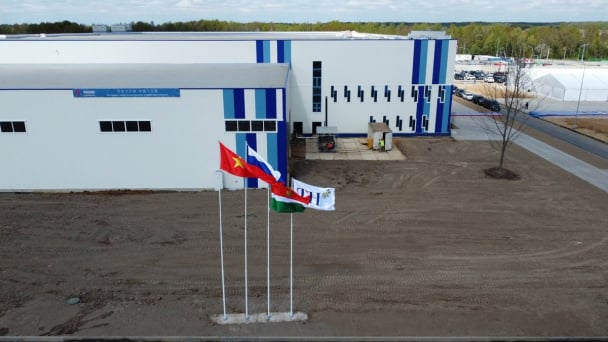
(VAN) Vietnam’s TH Group officially put its high-tech fresh milk processing plant into operation in the Russian Federation, marking a historic moment as the first TH true MILK cartons were produced in Russia.

(VAN) Use of high-quality broodstock and biotechnology is regarded as the most effective approach to ensuring sustainable and economically viable shrimp aquaculture ahead of climate change and the emergence of increasingly intricate disease patterns.
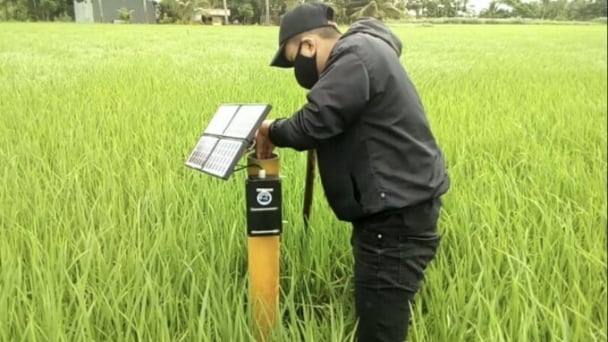
(VAN) Carbon farming is a form of agricultural practices that helps absorb more greenhouse gases than it emits, through smart management of soil, crops, and livestock.
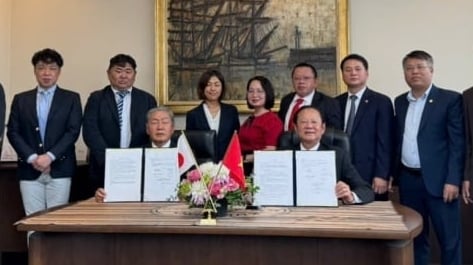
(VAN) This is a key content of the Memorandum of Understanding recently signed between the Vietnam Fisheries Society and Kunihiro Inc of Japan.
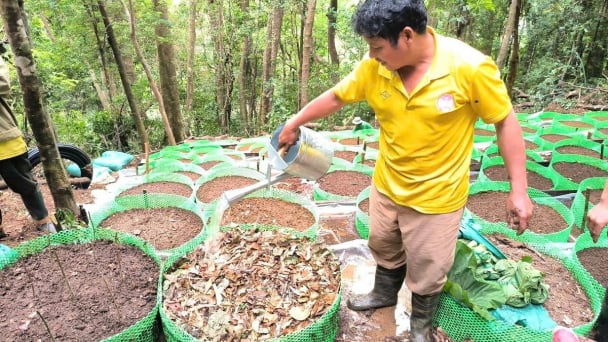
(VAN) To achieve the goal, local authorities and businesses in Kon Tum province have fully prepared the necessary conditions for the new Ngoc Linh ginseng planting season.